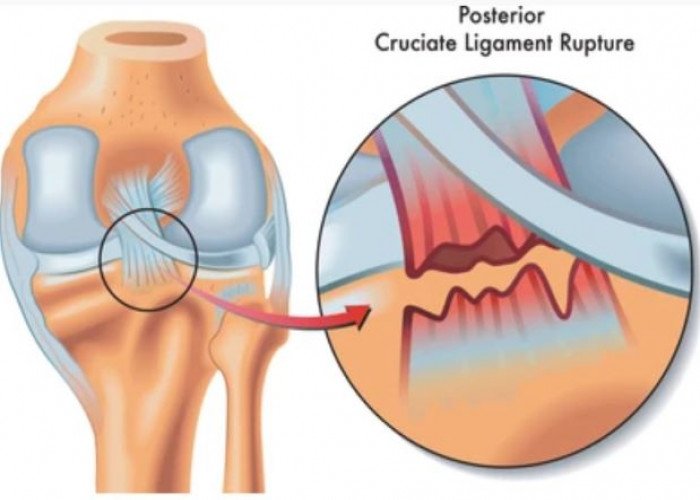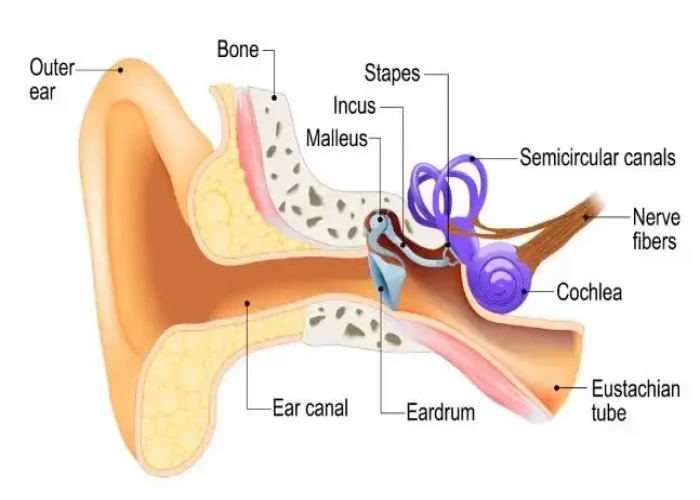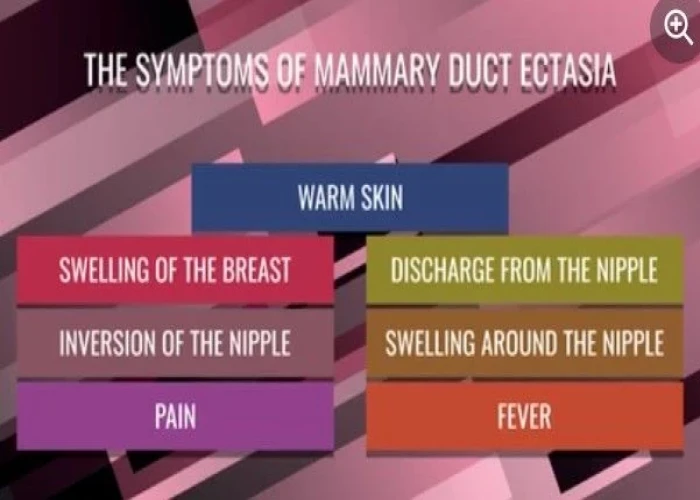 Welcome
Welcome
“May all be happy, may all be healed, may all be at peace and may no one ever suffer."
- A
- B
- C
- D
- E
- F
- G
- H
- I
- J
- K
- L
- M
- N
- O
- P
- Q
- R
- S
- T
- U
- V
- W
- X
- Y
- Z
Breast - Diseases
The breast is a glandular organ located on the chest of female and male individuals, although it is typically more prominent and functional in females. It is composed of specialized tissue that produces milk in females to nourish their infants. The breast is also an important symbol of femininity, sexuality, and motherhood in many cultures.
The structure of the breast consists of lobes, which are divided into smaller lobules, each containing milk-producing glands called alveoli. These lobes and lobules are connected by a network of ducts, which converge to form the lactiferous ducts. The lactiferous ducts eventually open at the nipple, which is surrounded by a pigmented area called the areola.
The breast is also surrounded by adipose tissue and connective tissue that provide support and shape to the glandular tissue. Hormones such as estrogen and progesterone play a key role in the development and function of the breast, particularly during puberty, pregnancy, and lactation.
Breast cancer is the most common cancer in women worldwide, and early detection through screening and regular self-examination is important for successful treatment. Mammography, ultrasound, and MRI are commonly used diagnostic tools for breast cancer. Treatment may involve surgery, radiation therapy, chemotherapy, and hormone therapy, depending on the stage and type of cancer.

Ligaments

Earlobe Outer ear

Brainstem

Rib

Ossicles Middle ear

Skeleton

Epididymis

Cerebral hemispheres Brain
Breast, Boobs, Breast cancer, স্তন
To be happy, beautiful, healthy, wealthy, hale and long-lived stay with DM3S.
















